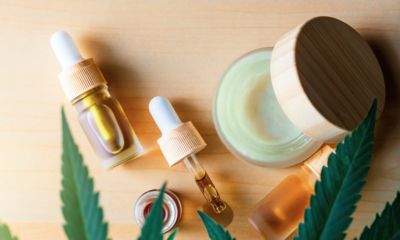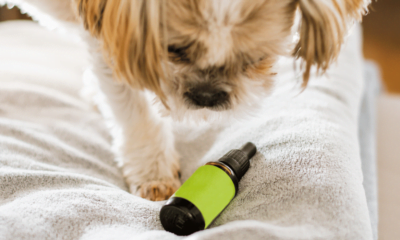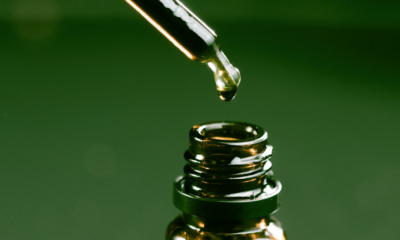CBDA – the precursor to CBD – is often dismissed as an inactive compound, but its benefits may be under-appreciated, writes Laurence Brown of BROWN’s CBD.
Sponsored
Out of the hundreds of biologically active compounds produced by the hemp plant, CBD is certainly the star of the show for health and wellbeing. But CBDA, the precursor to CBD, is often dismissed under the false assumption that it is an inactive cannabinoid.
At BROWN’s CBD, we found that oils retaining at least some CBDA seemed to outperform 100 percent decarboxylated oils. Anecdotal feedback from customers and consensus in certain Facebook groups also seemed to suggest this, which peaked our curiosity to dig a little deeper.
What is decarboxylation?
For those of you who don’t know, decarboxylation is a heat treatment that converts natural acidic cannabinoids (CBDA,THCA) into their neutral forms (CBD,THC). The temperature generally needs to be higher than 110 C, but decarboxylation will also happen naturally over long periods of time.
Decarboxylation is deemed to be necessary in order to increase a cannabinoid’s ability to interact with our cannabinoid receptors. These receptors are present throughout the body and are usually activated by endogenous cannabinoids (cannabinoids produced naturally by the body).
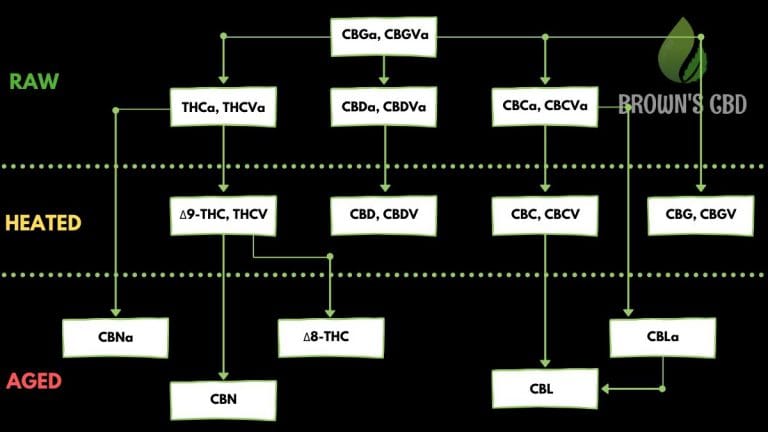
Is CBD really better?
But studies have demonstrated that CBDA can interact with certain receptors up to 100x more effectively than CBD. Furthermore, CBDA has been found to be four times more bioavailable than CBD, meaning that four times more CBD can be used by the body.
One could theorise that the people getting the best results with CBDA are the people whose issues are associated with these specific receptors. However, due to the lack of research around CBDA, it’s difficult to know for sure.
Another possibility is that as products containing CBDA have undergone less processing than heated oils, they may contain higher levels of certain cannabinoids, terpenes, and flavonoids that may contribute to the entourage effect. Which relates to greater efficacy thanks to a synergistic effect of multiple plant compounds combined.
Given that a recent study found CBDA blood levels to be 14 times higher when administered in a full spectrum extract when compared to an isolated form, this is certainly within the realm of possibility.
It’s worth noting that results can vary from person to person, so while some people have good results with CBDA, for others it may do nothing at all.
Commercially complicated
Perhaps one of the key pitfalls that has made CBDA a castaway cannabinoid is its instability. As mentioned earlier, CBDA will naturally convert to CBD over time.
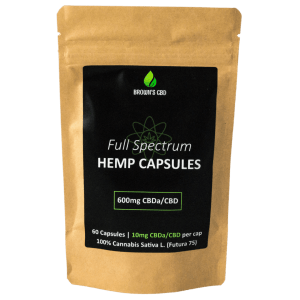
This makes it a less attractive option for those looking to profit from the compound, and without a view of profit, it’s more complicated to get funding for clinical research. This instability also reduces its chances of it being approved by certain regulations, such as the Novel Foods act.
If you are interested in seeing if CBDA could be a valuable addition to your cannabinoid regime, we recommend giving our full spectrum hemp capsules a try.
As these are made with 100 percent raw hemp, they naturally contain high levels of CBDA and every other compound produced by the hemp plant.
Don’t forget to consume them with a meal to boost their bioavailability.
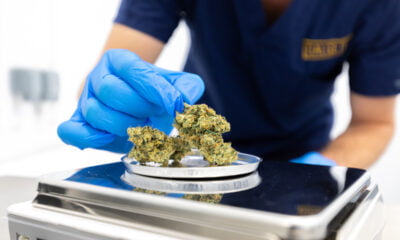
 Industry6 months ago
Industry6 months ago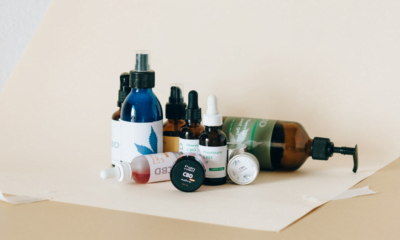
 News6 months ago
News6 months ago
 News5 months ago
News5 months ago
 News6 months ago
News6 months ago
 Science4 months ago
Science4 months ago
 Industry5 months ago
Industry5 months ago
 News5 months ago
News5 months ago
 Patients6 months ago
Patients6 months ago






